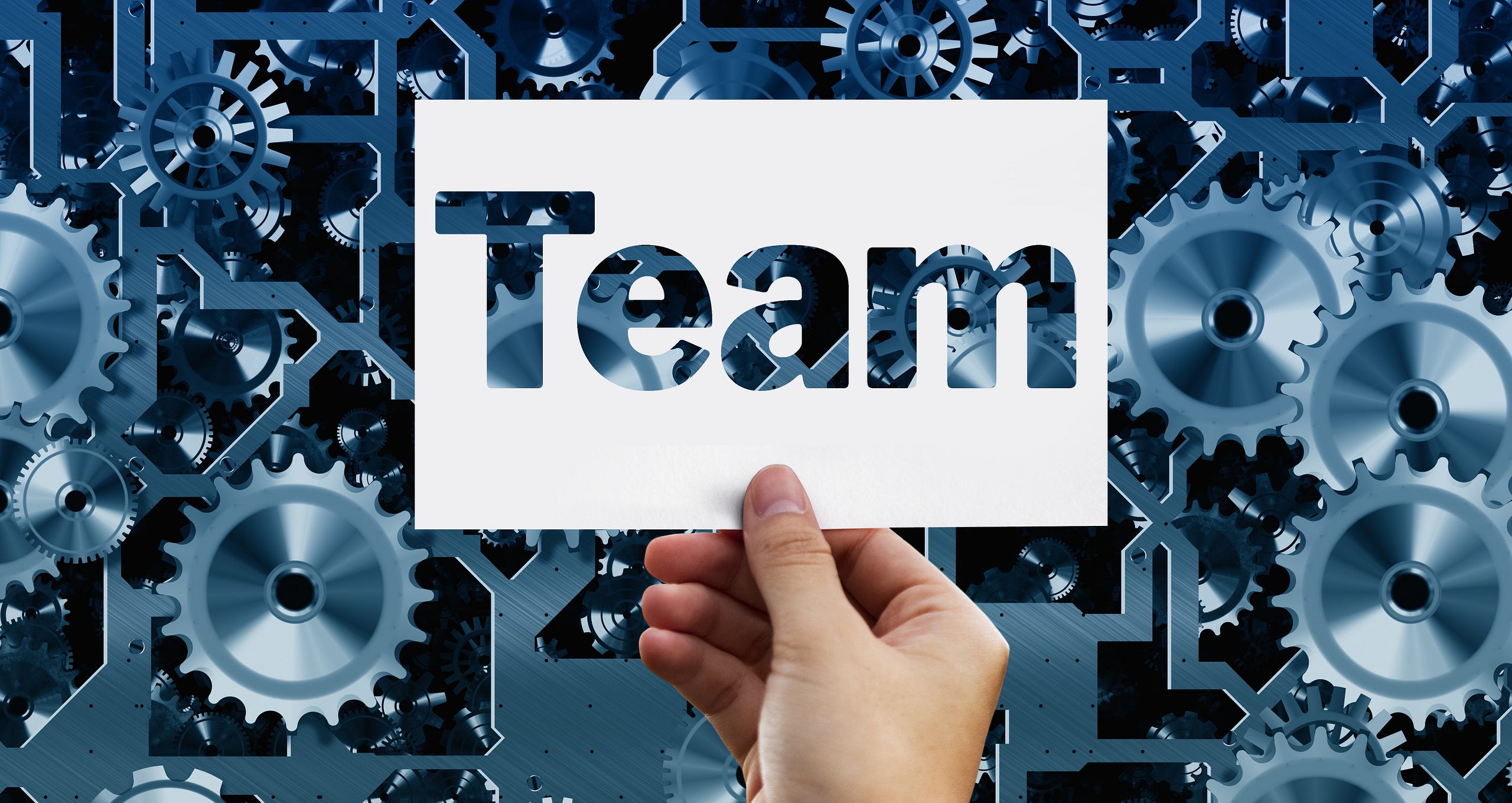Employees Purchasing Their Division From a Major Corporation
By Sarah Stranahan
We usually think of ESOP conversions as a way for founders to sell private businesses to their employees, because that is the most common scenario for creating ESOPs. But ESOPs can also be used for other types of business succession, like purchasing a division spun off by a large corporation.

The beauty of using ESOPs to purchase spinoffs is that, unlike classic founder conversions, spinoff ESOPs can be initiated and organized by the employees themselves. This strategy is especially important today when many large corporations, like GE, Dow DuPont and Eli Lilly, are poised to divest large and successful “non-core” divisions. Here is one inspiring story about a group of employees who bought their division from a Fortune 500 corporation and turned it into a successful stand-alone business.
In the late 1980s Joe Cabral, a comptroller at Harris Corporation’s Dracon Division, was selected by the division’s general manager to lead its Chatsworth operation, a small business unit that made storage racks for the telephony industry. When Harris did a strategic analysis of its businesses, it decided that Chatsworth, basically a metal and plastic manufacturing facility, was “non-core.” As Joe put it, “We became eligible for divestiture.” That meant Harris was preparing to sell Chatsworth. What that meant for employees was an unknown future — including possible layoffs.
The market for Chatsworth’s telephone products had shown no growth throughout the 1980s and Chatsworth did not attract outside offers. Joe and the other managers began to look into the possibility of a management buyout (MBO), a form of leveraged buyout in which the management of the firm borrows money to buy the company. “Harris wanted book value plus 30 percent,” Joe explained. Book value is the value of a firm’s tangible assets, minus its debts. “But Chatsworth’s biggest assets didn’t show up on its books,” he continued, “because the biggest assets were its people: its employees, suppliers and customers.”
While researching MBOs and internal buyouts, Joe happened to read an article about ESOPs that piqued his interest. Further research convinced him that employee ownership was a good fit for the company’s culture. Chatsworth was a small firm of about 75 full-time employees with a strong family culture. As Joe put it, “I was confident that we could face any market challenge and be successful because we knew how to work as a team.”
If the employees were going to buy the company, they would need to find financing. Unfortunately, 1990 was not a good time for business lending. The savings and loan crisis had dried up commercial bank credit, and Joe couldn’t find a bank willing to lend to an ESOP. Luckily, an ESOP valuation firm introduced him to the National Cooperative Bank (NCB) — a bank that had been chartered by Congress in 1978 to address the financial needs of cooperative businesses. Joe contacted NCB and found a receptive lender. NCB sent a team out to California to look at the company. Joe was impressed; instead of just looking at the numbers, the NCB group wanted to see the business operations, they wanted to see the teamwork and family environment, they walked the shop floor and had lunch with the employees. By the end of their site visit NCB had committed to the deal.
Harris accepted an offer from the ESOP to purchase the company for $2.5 million, via $1 million in equity and $1.5 in financing. But how were the employees going to raise a million dollars of equity? Joe and his team were able to structure an investment tool that allowed the employees to roll their 401(k) dollars into self directed IRA’s in order to invest in the ESOP.
The sale went through, and under Joe’s leadership Chatsworth Products grew at a 30 percent compound rate over the next decade. Chatsworth’s team culture and participatory management gave them the ability to respond to a huge new market opportunity, the computer industry. As the computer industry generated ever more complex and dense server capabilities, with the related technical challenges of heat and power, Chatsworth helped businesses around the world meet these challenges. Chatsworth celebrated their 25th ESOP anniversary in 2016, and it continues to be a successful employee-owned company with four U.S. locations and offices in Europe, the Middle East and Africa, Asia, Latin America, and Canada.
Chatsworth is still committed to participatory management. The team culture that Joe Cabral believed in is still core to Chatsworth’s success, and is reflected in the corporate motto, “We’re all in this together.” In addition to providing good jobs and paying out millions to its ESOP participants, Chatsworth has a “zero accident tolerance” safety policy, and an ambitious environmental policy that requires the company to “meet or surpass” existing regulations and to seek to minimize adverse environmental impacts. Chatsworth employees are also active as volunteers in their communities and in the ESOP community.
Chatsworth is an inspiring example of how an ESOP can be used to help corporate divisions that have become “eligible for divestiture” not only to survive, but to thrive, under new employee ownership.
Sarah Stranahan is Senior Editorial Associate at The Democracy Collaborative, and a leading member of its Fifty by Fifty employee ownership team.
